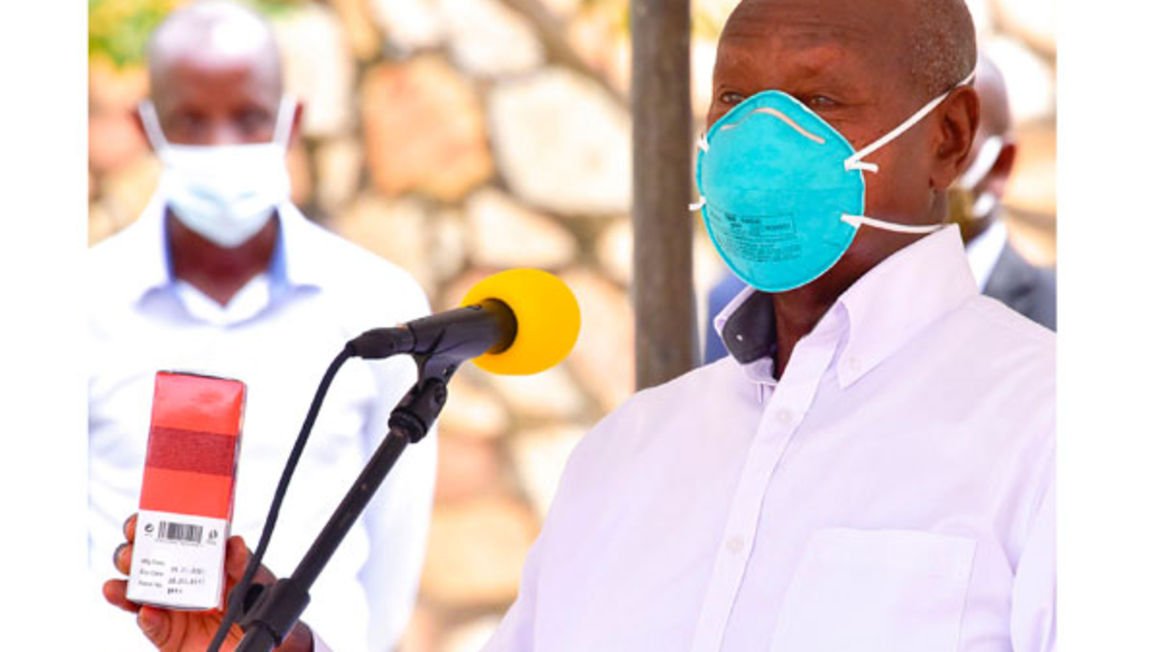A new health threat to African cities has just appeared. This mosquito has already been implanted in the city of Djibouti for a few years and it has been spotted in Ethiopia and Sudan. But its geographical area could expand, according to a study published in an American scientific journal.
Its name: anopheles stephensi. This mosquito, capable of transmitting malaria, is commonly found in Asia, from Thailand to the Arabian Peninsula, but it is gaining ground. In recent years, it seems to have taken up residence, too, in the Horn of Africa. While Djibouti has not experienced a malaria epidemic since 1999, now from 2012 the capital has had to deal with increasingly important outbreaks of cases.
Over one hundred million people at risk
An alert for the rest of the continent, because this mosquito is able to survive and proliferate in cities. This is not the case for species found in sub-Saharan Africa and which prefer rural areas, such as Anopheles gambiae.
A researcher from the British University of Oxford therefore looked, via a model, on the real threat that this Asian mosquito may represent for the continent. According to his work, 44 cities are highly adapted to the insect. This is the case for certain cities in Nigeria, for example, Mombasa in Kenya, or even Dar es Salaam in Tanzania.
According to scientists, if the insect manages to continue its invasion, 126 million people today spared the risk of contracting malaria, could be exposed.
AFRICA



